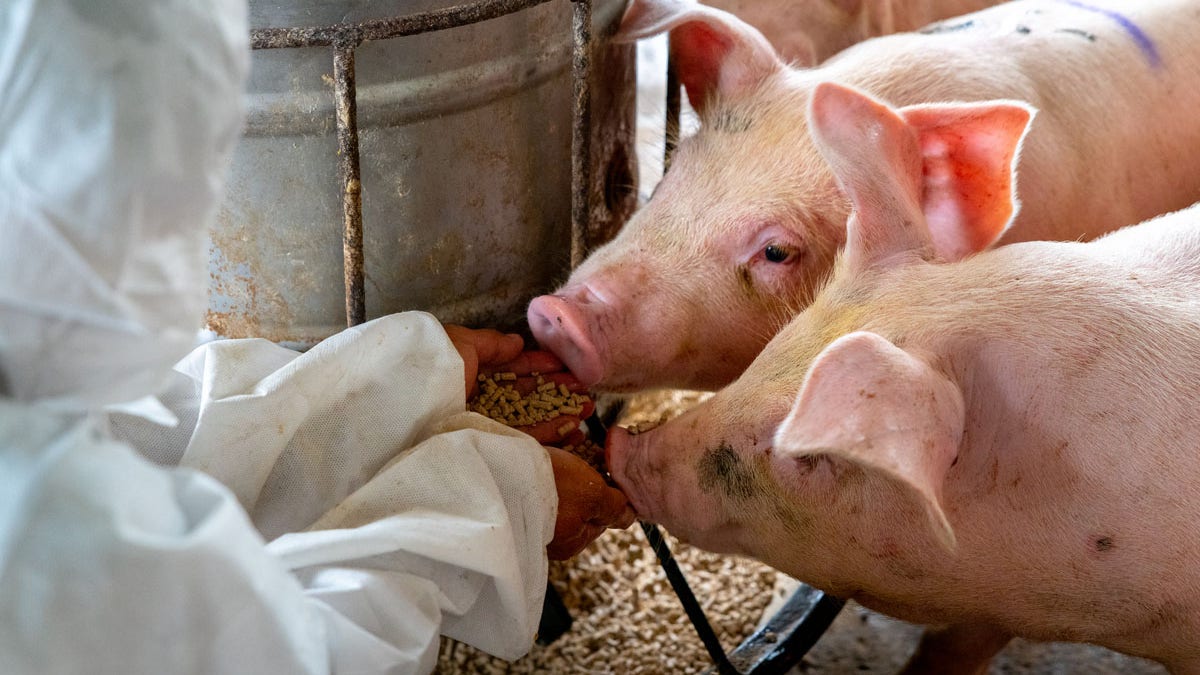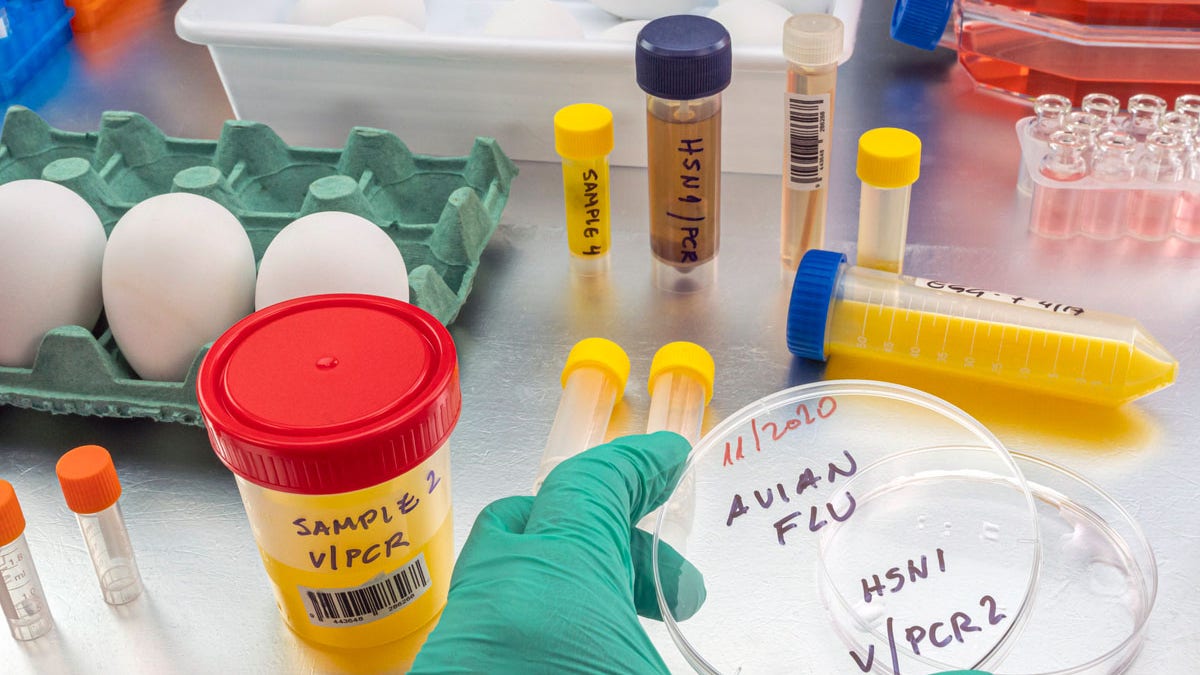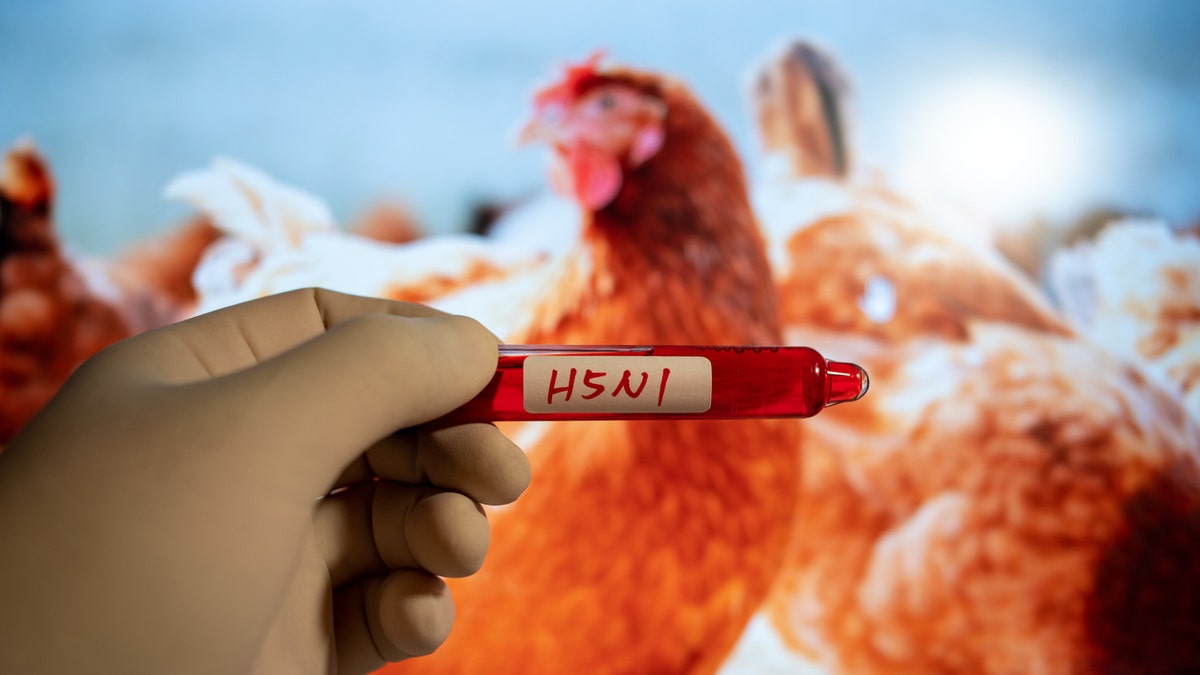Pig infected with bird flu for first time in US, health officials confirm

A pig in Oregon has tested positive for H5N1 bird flu, according to a Wednesday announcement from the U.S. Department of Agriculture (USDA).
The infected pig was from a backyard farming operation that had a “mix of poultry and livestock,” the press release stated.
The USDA National Veterinary Services Laboratories confirmed that this was the “first detection of H5N1 in swine” in the U.S.
TUBERCULOSIS HAS OVERTAKEN COVID AS WORLD’S DEADLIEST INFECTIOUS DISEASE
“The livestock and poultry on this farm shared water sources, housing and equipment; in other states, this combination has enabled transmission between species,” the release noted.
A pig in Oregon (not pictured) has tested positive for H5N1 bird flu, according to a Wednesday announcement from the U.S. Department of Agriculture. (iStock)
The infected pig did not display symptoms of illness, but was tested — along with four other swine — out of “an abundance of caution” after other animals on the farm tested positive.
“There is no concern about the safety of the nation’s pork supply as a result of this finding.”
Out of the other five pigs tested, two were negative and two still have pending results.
“This farm is a non-commercial operation, and the animals were not intended for the commercial food supply,” the USDA stated.
LASSA FEVER DEATH REPORTED IN MIDWESTERN STATE, CONTACT TRACING BEGINS
“There is no concern about the safety of the nation’s pork supply as a result of this finding.”
The farm has been placed under quarantine to prevent further spread of bird flu, and the other animals are being monitored, per the USDA.
Doctors weigh in
Dr. Marc Siegel, clinical professor of medicine at NYU Langone Health and Fox News Senior Medical Analyst, noted that cattle are “definitely now a reservoir” for H5N1.
“A solo pig isn’t concerning except for two things — how many more have it that we don’t know about, and that pigs are a mixing vessel for flu,” he told Fox News Digital.

The infected pig (not pictured) was from a backyard farming operation that had a “mix of poultry and livestock,” the press release stated. (iStock)
“There can be several different kinds of flu in swine at any given time, and they can exchange genetic material, creating new strains,” the doctor cautioned.
The 2009 H1N1 pandemic, though “mild by pandemic standards,” involved a swine flu, Siegel noted.
Added the doctor, “Continued spread in the pig population would concern me.”
E. COLI OUTBREAK LINKED TO MCDONALD’S BURGERS: HOW TO SPOT THE SYMPTOMS
Dr. Benjamin Anderson, PhD, assistant professor in the Department of Environmental and Global Health at the University of Florida, noted that while this appears to be an isolated event, there is still “some cause for concern.”
The doctor echoed Siegel’s concern that swine are a known “mixing vessel” for influenza A viruses, “as they are able to be infected by avian and human influenza virus strains.”

“There can be several different kinds of flu in swine at any given time, and they can exchange genetic material, creating new strains,” a doctor warned. (iStock)
“If H5N1, an avian influenza virus, were to regularly transmit among pigs, the greatest concern is that the genetic material from other influenza virus strains circulating in pigs may recombine with it to make a new progeny virus that is more transmissible to humans,” Anderson told Fox News Digital.
The fact that all five of the pigs at the farm were not clinically ill is also concerning when it comes to surveillance, according to the doctor.
“It’s abundantly clear we have a serious H5N1 problem in the U.S. that isn’t going away anytime soon.”
“Most of our testing for H5N1 in farm settings to date has only occurred due to clinical outbreaks,” he said.
“If the virus is causing subclinical (mild illness) or asymptomatic (no illness) infections in other livestock, then we may not catch it without regular ongoing testing.”
Factors that mitigate risk
Samuel Scarpino, director of AI and life sciences and professor of health sciences at Northeastern University in Boston, said there are two factors that could potentially mitigate the risk associated with this pig becoming infected with bird flu.
“First, the H5N1 virus that infected the pig in Oregon likely came from an infected bird, as opposed to a spillover from an infected dairy farm,” he told Fox News Digital.

There are two main lineages of H5N1 currently circulating in the US, one in birds and one in dairy cows, an expert noted. (iStock)
“There are two main lineages of H5N1 currently circulating in the US, one in birds and one in dairy cows. We suspect that the H5N1 lineage circulating in dairy cows may be more infectious in humans than the lineage of H5N1 circulating in birds.”
CLICK HERE TO GET THE FOX NEWS APP
Second, the farm was not large, Scarpino noted, which means there are fewer opportunities for transmission between pigs and for evolution of the virus.
“In addition, there are fewer humans working on the farm who may have come in contact with infected animals,” he added.

Because the farm was not large, there are fewer opportunities for transmission between pigs and for evolution of the virus, said an infectious diseases expert. (AP Photo/Vadim Ghirda, File)
Despite these factors, the expert went on, anytime there are pigs infected with a highly pathogenic avian influenza, measures should be taken to ensure that farm workers are protected and that they have not transmitted the virus to others.
“Even though this virus did not originate from an infected dairy farm, it’s abundantly clear we have a serious H5N1 problem in the U.S. that isn’t going away anytime soon,” Scarpino cautioned.
CLICK HERE TO SIGN UP FOR OUR HEALTH NEWSLETTER
“We are also entering the normal seasonal flu period, which will make it harder to detect rare H5N1 infections.”
For more Health articles, visit www.foxnews.com/health
Scarpino calls for the Centers for Disease Control and Prevention (CDC), along with state and local public health agencies, to increase resources for influenza surveillance to include both clinical and wastewater testing.









